The nuclear industry of Russia is waiting for “Breakthrough”
Today, nuclear power plants give Russia 18% of electricity generated. The nuclear power industry is very important in the European part of our country, especially in the north-west, where its share is 42% of electricity generation. Currently, 10 NPPs are operating in Russia, where the 34 power unit is operated. Most of them use low-enriched uranium with a content of uranium-235 isotope at the level of 2-5% as fuel. In this case, the fuel at the NPP is not fully consumed, which leads to the formation of radioactive waste.
In Russia, 18 has already accumulated thousands of tons of spent uranium, and every year this figure increases by 670 tons. And in total in the world there are 345 thousand tons of this waste, of which 110 thousand tons come from the United States. The problem with the processing of these wastes could be solved by a reactor of a new type, which would operate in a closed loop. The creation of such a reactor would help to cope with the leakage of military nuclear technologies. Such reactors could be safely supplied to any countries of the world, since it would in principle be impossible to obtain the raw materials necessary for the creation of a nuclear power plant. weapons. But their main advantage would be safety. Such reactors could be launched even on old, spent nuclear fuel. According to A. Kryukov, Dr. Sc. (Physics and Mathematics), even rather rough calculations tell us that the accumulated uranium reserves accumulated over the nuclear industry’s 60 years will last for several hundred years of energy generation.
The BREST reactors are a revolutionary project in this direction. This reactor fits well with the context of Vladimir Putin’s speech at the Millennium Summit in the UN in September 2000. As part of his report, the Russian president promised the world a new nuclear power industry: safe, clean, weapon-free use. Since that speech, the work on the implementation of the Breakthrough project and the creation of the BREST reactor have progressed substantially.
Initially, the installation “BREST” was designed, which would provide the power unit of 300 MW as part of the power unit, but later a project appeared with a capacity increased to 1200 MW. At the same time, at this point in time, the developers have focused all their efforts on the less powerful BREST-OD-300 reactor (experienced demonstration) in connection with the development of a large amount of new design solutions and plans to test them on a relatively small and cheap project. In addition, the selected power 300 MW (electric) and 700 MW (thermal) is the minimum power required to obtain a fuel reproduction ratio in the reactor core equal to one.
At present, the project “Breakthrough” is being implemented at the site of the enterprise of the state corporation “Rosatom” of the Siberian Chemical Combine (SCC) in the territory of the closed territorial entity (CATF) Seversk (Tomsk region). This project involves the development of nuclear fuel cycle closure technologies that will be in demand in the nuclear power industry of the future. The implementation of this project in practice provides for the creation of a pilot-demonstration energy complex consisting of: BREST-OD-300 - a fast neutron reactor with a lead liquid metal coolant with stationary nuclear fuel cycle and a special module for fabrication / refabrication of fuel for this reactor, as well as its spent processing module fuel. It is planned to launch the BREST-OD-300 reactor in 2020.
St. Petersburg VNIPIET acts as the general designer of the pilot-demonstration energy complex. The reactor is created by NIKIET (Moscow). Earlier it was reported that the development of the BREST reactor is estimated at 17,7 billion rubles, the construction of the module for reprocessing spent nuclear fuel - 19,6 billion rubles, the fabrication module and the start-up complex of fuel refabrimation - 26,6 billion rubles. The main task of the created energy complex should be the development of the technology of operating a new reactor, the production of new fuel and the technology of reprocessing spent nuclear fuel. For this reason, the decision to start the BREST-OD-300 reactor in the energy mode in order to generate electrical energy will be made only after the completion of all the research work on the project.
The construction site of the BREST-300 power complex is located in the area of the radiochemical plant of the Siberian Chemical Combine. Work on this site began in August 2014. According to Sergey Tochilin, Director General of SCC, a vertical layout with a notch of one million cubic meters of soil has already been carried out, cables have been laid, technical water pipelines have been mounted, and other construction works have been completed. At present, the Java contract organization and the Seversky subcontractor Spetsteplokhimmontazh continue the complex of works related to the preparatory period. Today, 400 people are working on the construction site, with an increase in the rate of work at the facility, the number of builders will grow to 600-700 people. State investments in this project are estimated at 100 billion rubles, the press service of the Siberian Chemical Combine informs.
The pilot-demonstration energy complex in the largest closed regional ZATO in our country is being built in stages. The first to build a plant for the production of nitride fuel, its commissioning is scheduled for 2017-2018 year. In the future, the fuel produced at this plant will go to the BREST-300 pilot-demonstration reactor, the construction of which will begin in the 2016 year, and completed in the 2020 year, this will be the completion of the second phase of the project. The third phase of work involves the construction of another plant - for the reprocessing of spent fuel. The full “Breakthrough” project will have to earn by 2023 year. Thanks to the implementation of this ambitious project, in the city of Seversk should appear about 1,5 thousands of new jobs. Directly in the construction of the installation BREST-300 6-8 thousands of workers will participate.
As the head of the project for the creation of the BREST-300 reactor, Andrey Nikolaev, said, the BREST-OD-300 reactor installation with the on-site nuclear fuel cycle, as well as the complex for the production of atomic fuel of the future, will be part of the pilot-demonstration power complex in the city of Seversk. This is a nitride fuel for fast neutron reactors. It is assumed that it is on this type of fuel, starting from the 20-s of the XXI century, the entire nuclear power industry will function. It is planned that the experimental BREST-300 reactor will be the first fast neutron reactor on the planet with a heavy liquid metal coolant. According to the project, spent nuclear fuel in the BREST-300 reactor will be reprocessed and then reloaded into the reactor. A total reactor load will require a total of 28 tons of fuel for starting the reactor. At present, the analysis of spent nuclear fuel from storage facilities of the Siberian Chemical Combine is being carried out - it is possible that a certain amount of products with a plutonium element will be used in the production of fuel for an experimental BREST reactor.
The BREST-300 reactor will have a number of significant advantages in the field of work safety over any reactor operating these days. This reactor will be able to stop itself if any parameters are rejected. In addition, fuel with a lower reactivity margin is used in the fast neutron reactor, the acceleration on instant neutrons and the subsequent probability of an explosion are simply excluded. Lead, in contrast to sodium used today as a heat carrier, is passive, and in terms of chemical activity, lead is safer than sodium. Dense nitride fuel is easier to tolerate temperature regimes and mechanical defects, it is more reliable than oxide. Even the most extreme sabotage accidents with the destruction of external barriers (hull covers, reactor buildings, etc.) will not lead to radioactive releases that would require evacuation of the population and subsequent long-term alienation of the land, as happened during the Chernobyl accident in 1986.
The advantages of the BREST reactor include:
- natural radiation safety in all possible accidents for external and internal reasons, including sabotage, which does not require evacuation of the population;
- long-term (almost unlimited in time) fuel availability due to the efficient use of natural uranium;
- non-proliferation of nuclear weapons on the planet by eliminating the use of weapons-grade plutonium in the operation of plutonium and the implementation of the on-site technology for dry processing of fuel without separating plutonium and uranium
- environmental friendliness of energy production and subsequent disposal of waste due to the closed fuel cycle with transmutation of long-lived fission products, transmutation and burning of actinides in the reactor, purification of radioactive waste from actinides, aging and disposal of radioactive waste without disrupting the natural radiation balance;
- economic competitiveness, which is achieved due to the natural safety of nuclear power plants and the technology of the implemented fuel cycle, feeding the reactor only 238U, abandoning complex engineering safety systems, high lead parameters that ensure the achievement of supercritical parameters of the steam turbine circuit, reducing construction costs.
The combination of mononitride fuel, the natural qualities of lead coolant, design solutions of the core and cooling circuits, the physical characteristics of the fast reactor takes the BREST reactor to a qualitatively new level of natural safety and ensures sustainability without triggering active means of emergency protection in very severe accidents that are insurmountable for any from existing and engineered reactors in the world:
- self-propelled all existing regulatory authorities;
- shutdown (jamming) of all pumps of the 1 th reactor circuit;
- shutdown (jamming) of all pumps of the 2 th reactor circuit;
- depressurization of the body of the rector;
- rupture of the tubes of the steam generator or the piping of the second circuit in any section;
- the imposition of a variety of accidents;
- unlimited cooldown at full power failure.
The “Breakthrough” project implemented by Rosatom is aimed at creating a new technological platform for the Russian nuclear industry with a closed fuel cycle and solving the problem of spent nuclear fuel and radioactive waste (RW). The result of the implementation of this ambitious project should be the creation of a competitive product that will ensure Russian technology leadership in the global nuclear power industry, and in general in the global energy system for the next 30-50 years.
Information sources:
http://www.rosatom.ru
http://atomsib.ru
http://publicatom.ru/blog/atomsib/5854.html
http://sdelano-u-nas.livejournal.com/360656.html
Materials from free sources
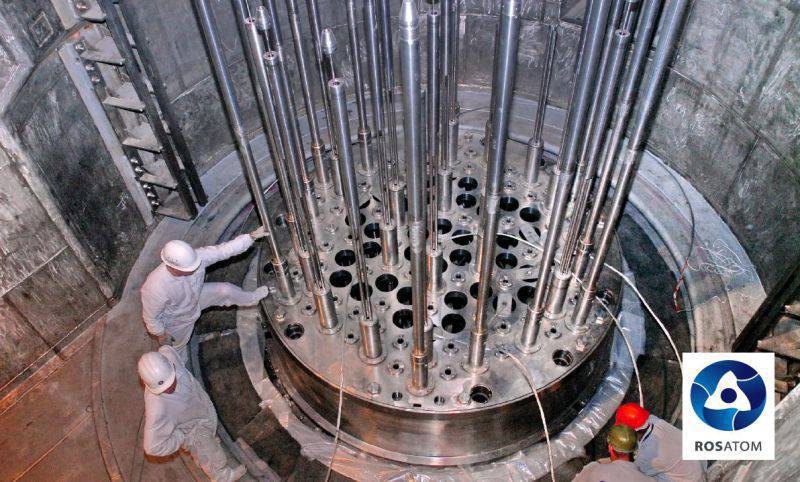
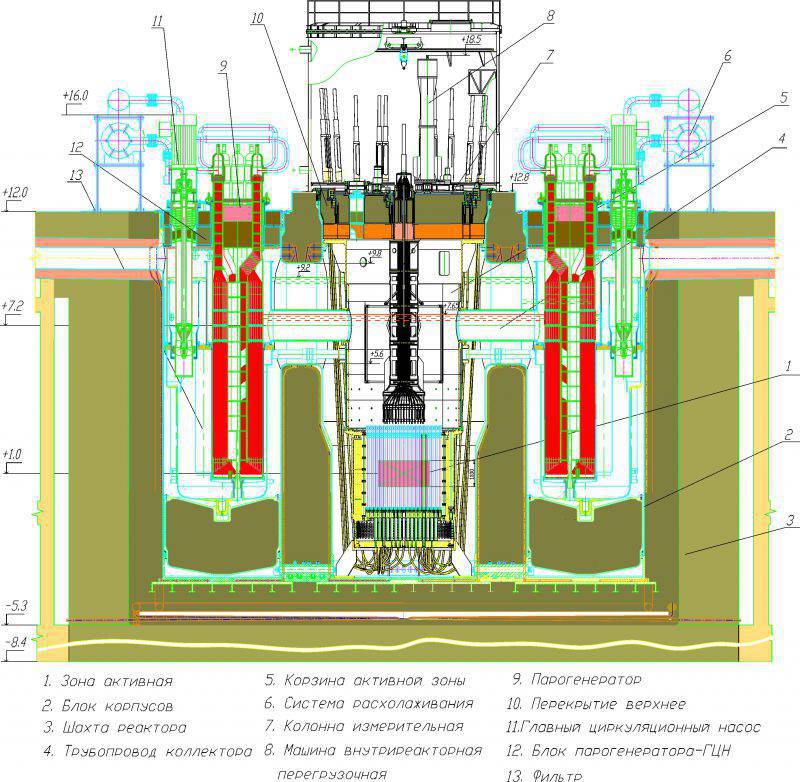
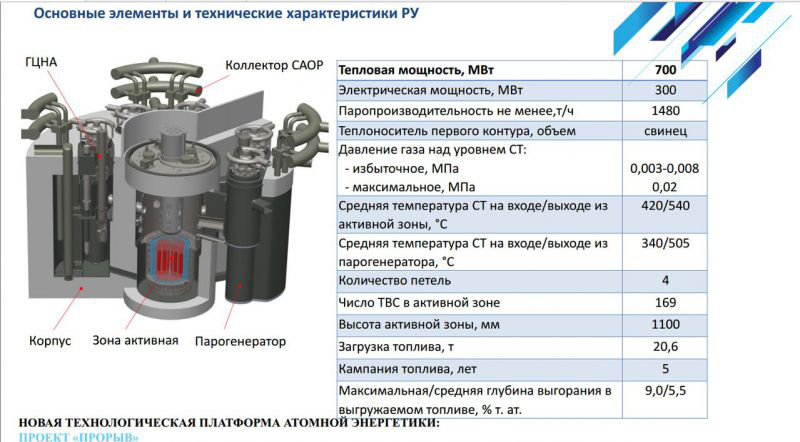
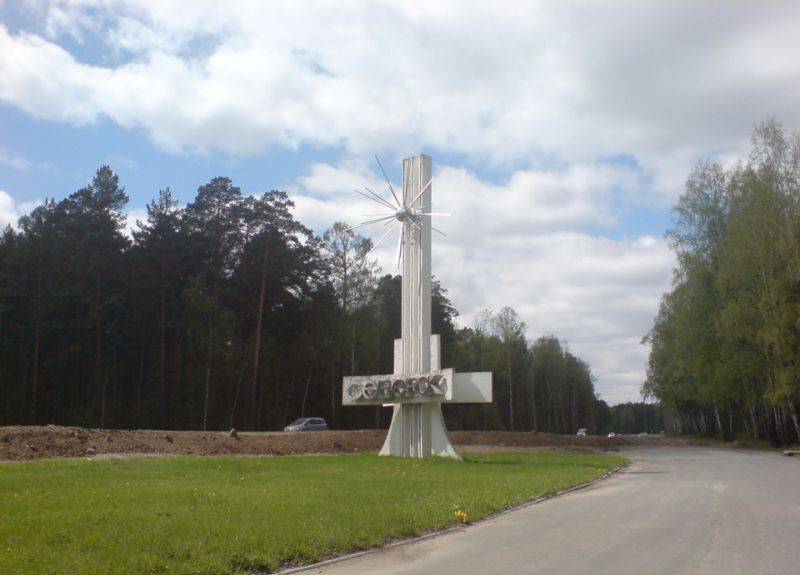
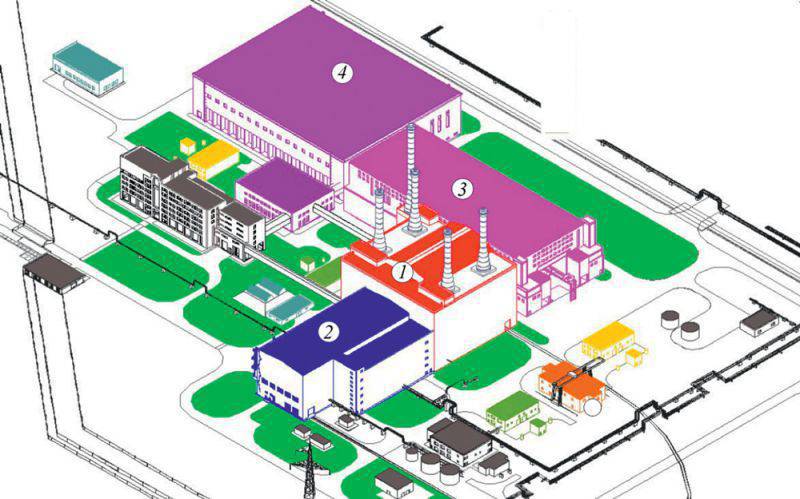
Information